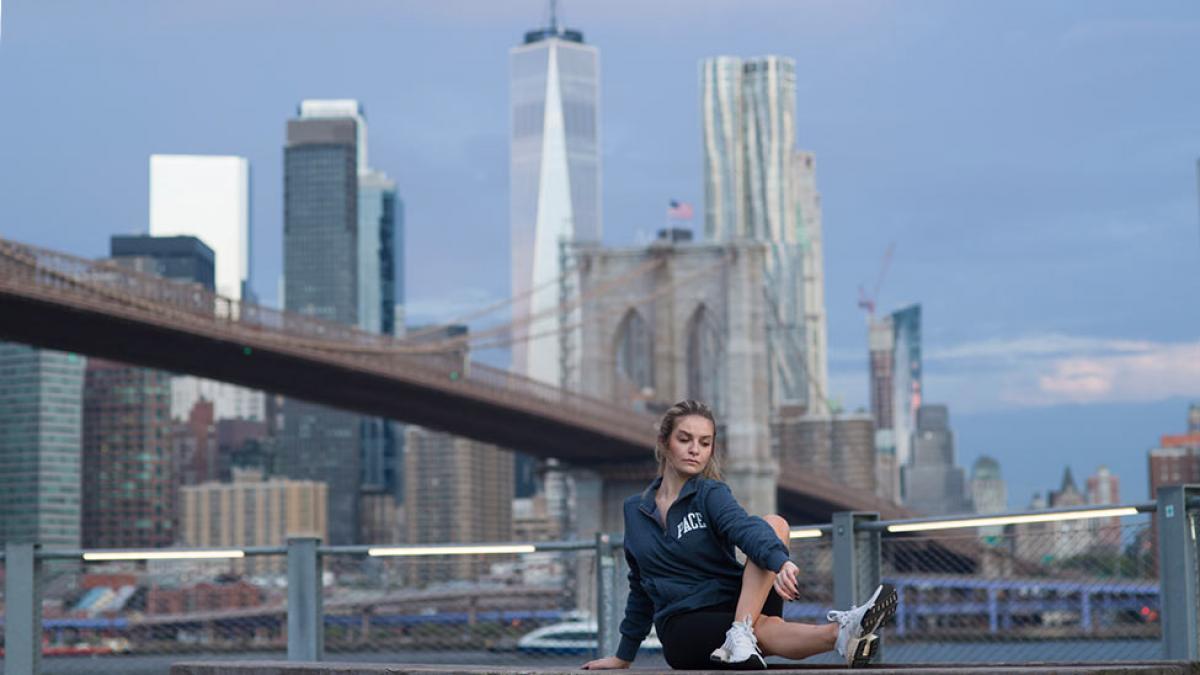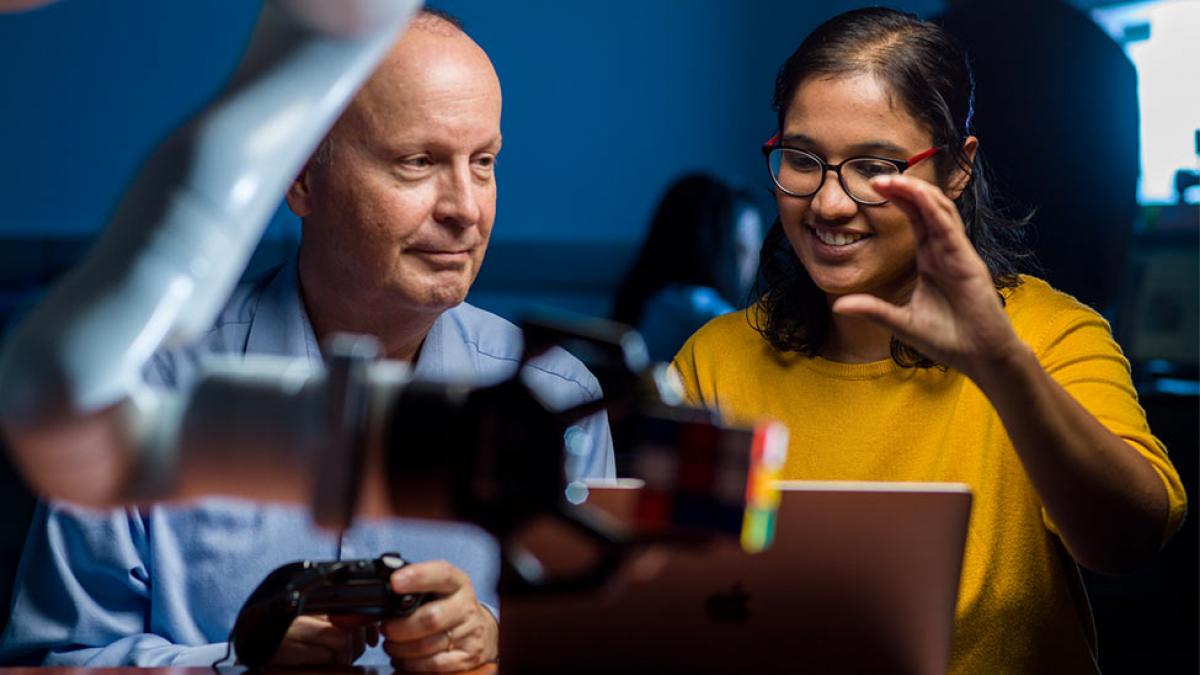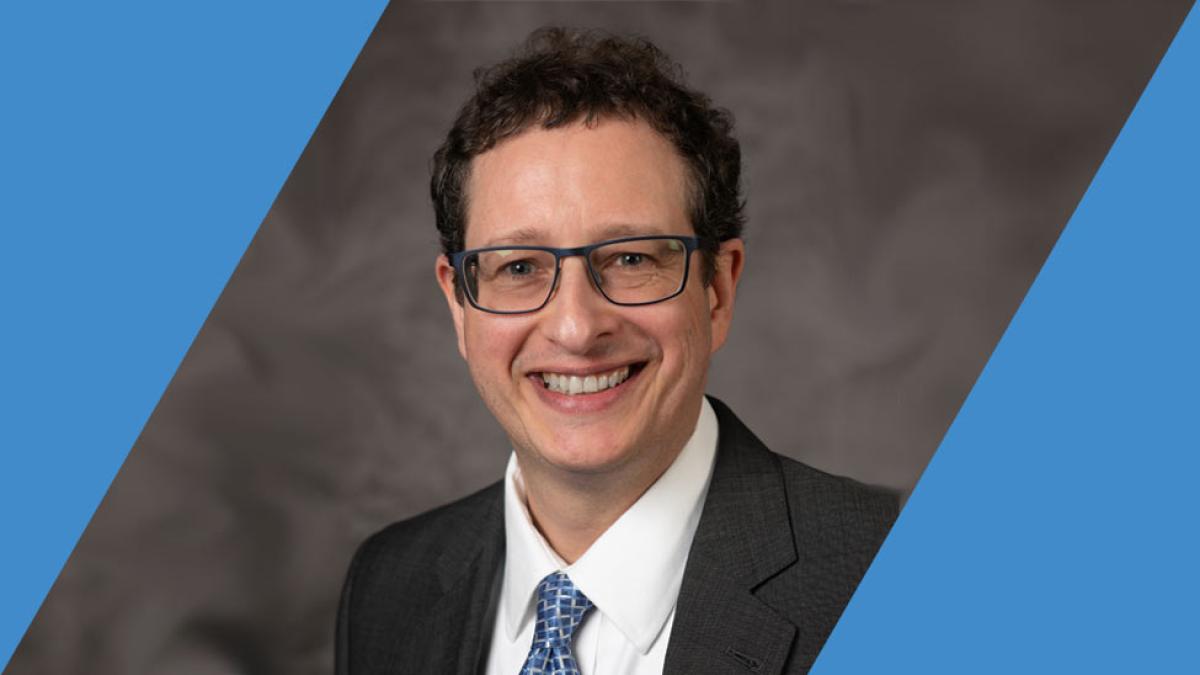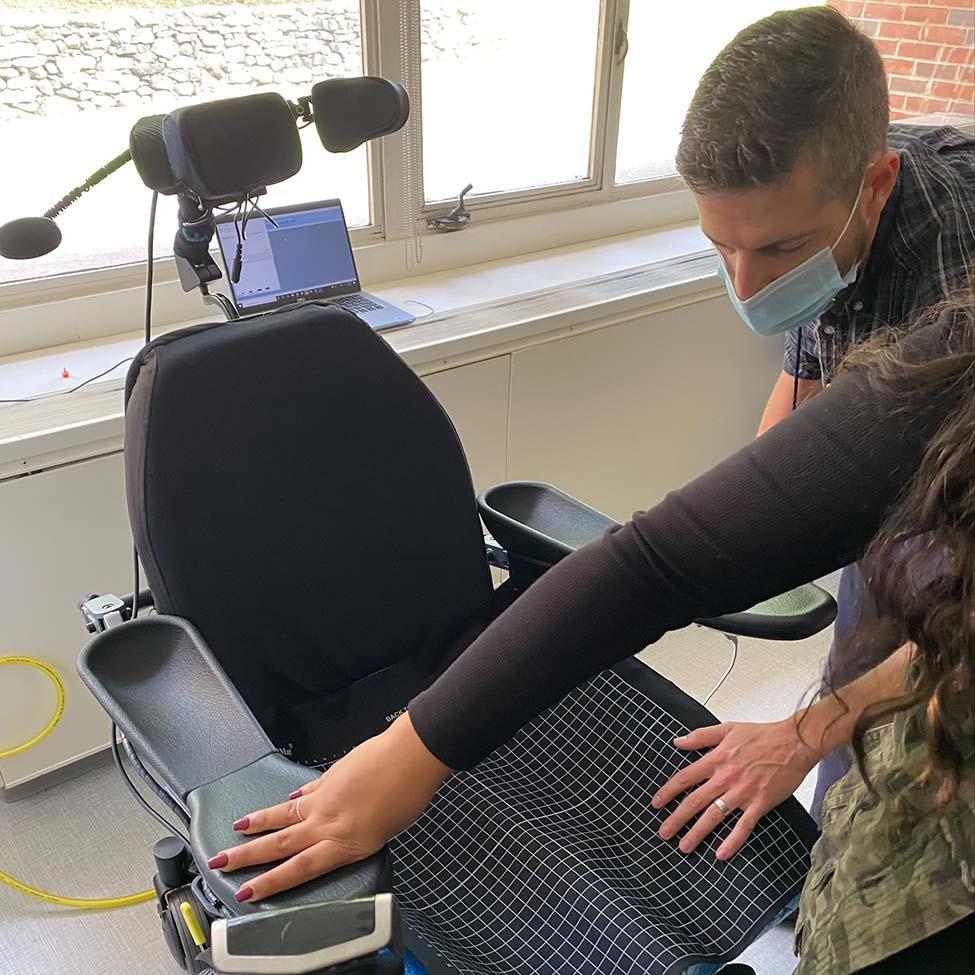
Innovations for Improving Outcomes
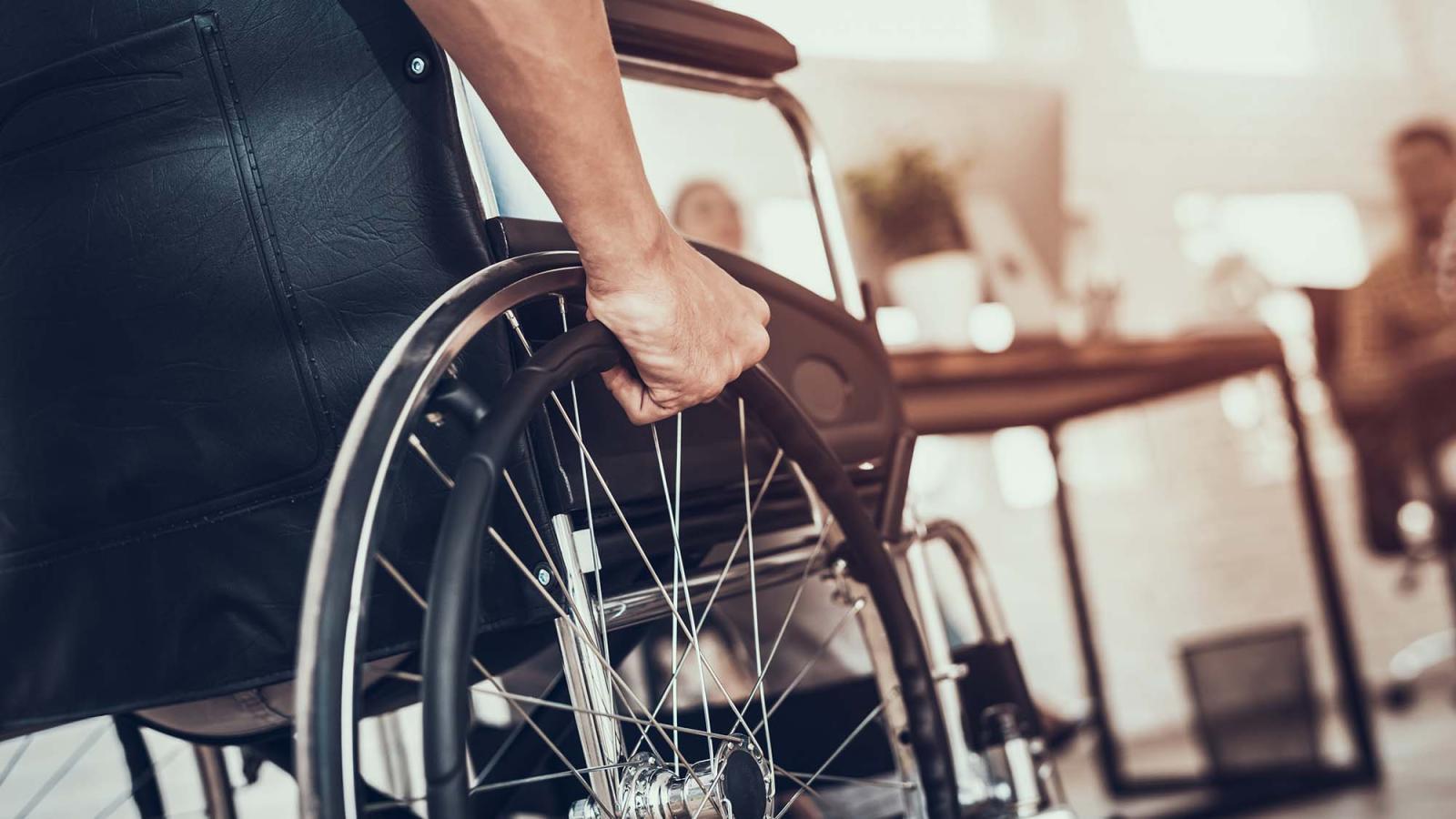
After spending fifteen years as an auto mechanic, College of Health Professions Associate Professor John Damiao shifted gears to become an occupational therapist. While the intersection between the worlds of auto garages and occupational therapy may not necessarily be thought of as a traditionally interdisciplinary realm, the combination of these two experiences have informed how Damiao approaches his work—and in particular, his recent innovative research.
Damiao has spent the past several years figuring out ways to provide added comfort and reduce pain for wheelchair users through what is called custom-contour seating. In effect, Damiao is hoping to help promote a paradigm shift in how wheelchair seats are constructed, to better assist the user.
“Custom contoured seating refers to wheelchair seating systems to fit people with severe deformities—whether its postural or a skeletal deformity, and they can’t sit in a typical linear wheelchair seating system because it would cause discomfort, or eventually cause pressure ulcers because of the mismatching of their shape to what is a typical wheelchair seat shape.” explains Damiao.

Wheelchairs are often constructed through the development of a customized cushion—many of which must be formed to meet the specific shape of the wheelchair user, using what is called the molding bag method. Through this process, a wheelchair user is sat in a molding bag, and the imprint of their shape in the molding is used to make the seat. Damiao’s research involves developing a novel way to capture a person’s shape, in order to make a more accurate custom seat that better represents their shape, as compared to the molding bag method.
“Traditionally, the wheelchair user is sat in a molding bag that makes an imprint of their shape on a very soft molding bag,” said Damiao. “The bag is hardened, and that bag shape is scanned, sent off to a company and they make a cushion from that imprint.”
While this method is considered standard across the industry, Damiao notes that it has a major shortcoming: the mold is taken while the person is sitting in a loaded fashion. Meaning, that the shape being captured is inherently compromised, which could increase pressure on certain tendons or muscles. By scanning a patient directly instead of having them sit in a molding bag, this problem could be solved.
“The problem is the person is still sitting in a loaded fashion and their body contours are being distorted from sitting in a loaded fashion,” he says. “The innovation in my research is scanning the person directly, or in an unloaded position, which should make for a more accurate custom contoured seat.”
This adjustment can potentially have major positive effects on both an individual and collective level. For one, it would provide increased comfort and reduce the threat of pressure injury for the user. And on a larger level, this innovation can help lower the staggering cost of pressure injuries.
“If you or I sit on a hard chair for several hours, we get uncomfortable, shift our weight… somebody who is in a wheelchair may not have the luxury to do their own weight shifting. They’re prone to getting skin breakdowns, commonly known as bed sores or pressure ulcers. These pressure ulcers and injuries kill 60,000 people per year to this day. It’s still a problem—it’s a $10,000,000,000 per year industry problem.”
These pressure ulcers and injuries kill 60,000 people per year to this day. It’s still a problem—it’s a $10,000,000,000 per year industry problem.”
In addition to his work on custom contour seating, Damiao recently published impactful work involving pressure cushions—cushions specifically designed to reduce sores. Damiao did a systematic review of what’s currently on the market, going a step further than traditional measures to determine which pressure cushions are actually effective.
“Most of this research happens in a lab,” says Damiao. “I can test the different types of cushions and try to see which ones seem to be the best at relieving pressure using fancy technology, such as pressure mapping systems, but they’re really just proxy measures, fake measures of actual pressure relief. You’re not going to know whether that cushion is actually good at relieving pressure until you give it to a bunch of people and hope they don’t get pressure ulcers. I looked at pressure relieving injuries using proxy measures, as well as taking into consideration that those are just proxy measures—what are the cushions that actually relieve pressures with real patients?”
As a 21st century occupational therapist, Damiao understands that, while academic research is vital and will continue to be vital, it is just as important to be able to leverage technological advances to implement changes rapidly. He hopes that increased interdisciplinary collaboration—for instance, better collaboration between those developing healthcare technologies and researchers—can help take the theoretical into the practical much faster, and thus positively impact lives.
“That’s an area that needs to be improved, said Damiao. “Us being able to collaborate more interdisciplinarily so that we can create technologies we can’t think of in a silo, but also to make sure that patients benefit more quickly from these innovations.”
More From Pace
It’s no secret that wellness—physical, mental, spiritual—is a key component to success. At Pace, we’re taking a holistic approach to supporting wellness for all members of our community through the creation of a new role, the Chief Wellness Officer.
At the intersection of Pace’s strategic priorities and opportunities for outstanding academic growth comes the drive to move Pace forward. We're meeting the challenges facing higher education and putting our unique positioning and competitive advantages to work, strengthening our reputation as we move into the future.
Pace is excited to announce that Marcus Tye, PhD, has taken the helm as the dean for the College of Health Professions.
